Plant Science
Bacteria engage sulfur for plant salt tolerance
Understanding the interplay between bacteria and sulfur is leading to exciting biotechnologies that could enable crops to be irrigated with salty water.

A bacterium living inside the roots of some plants enables them to grow well despite salty conditions. Their secret weapon is to trigger sulfur metabolism, a finding that is already helping to develop new biotechnologies that facilitate the irrigation of agricultural crops with salty water. This is an important prospect for countries like Saudi Arabia that depends on energy-intensive desalination for its fresh water.
Some types of beneficial bacteria interact with their plant hosts to help them thrive while also promoting plant growth. In 2013, plant scientist Heribert Hirt founded the Darwin21 project at KAUST, with the aim of using desert plant bacteria to improve agricultural sustainability in arid lands. This led to the isolation of a bacterium called Enterobacter sp. SA187, which they found can make crops resistant to various stresses including heat, drought and salt tolerance.
Hirt’s team has now analyzed the genetic and metabolic changes that happen inside SA187 and the model research plant Arabidopsis when they interact under salt-free and salt-stressed conditions.

The team found that sulfur metabolism is triggered in SA187 bacteria living inside Arabidopsis roots when under salt stress.
© Andrés-Barrao et al (2021).
“We wanted to understand the molecular mechanisms behind the salt tolerance that results from plant interactions with SA187,” says plant scientist Rewaa Jalal, who obtained her Ph.D. at KAUST and is now an assistant professor at the University of Jeddah.
Generally, when plants are exposed to too much salt, their cells release reactive oxygen species, causing cell damage and reducing plant growth and crop yields. The researchers found that salt stress triggers sulfur metabolism in SA187 bacteria living inside Arabidopsis roots. This in turn leads to the release of sulfur metabolites that feed sulfur metabolism in the Arabidopsis plant, generating a key antioxidant called glutathione that detoxifies the plant from salt-induced reactive oxygen species, enabling it to grow and thrive despite the stress.
“Another key finding of our investigations was that we can replace the protective function of SA187 against salt stress damage of the plant by directly adding sulfur metabolites, opening up the possibility to use probiotics in agriculture,” says Hirt.
Along with molecular biologist Maged Saad and several current and previous students, Hirt is establishing a startup that aims to provide breakthrough technologies that can treat seeds or crop plants with SA187, saving Saudi farmers money and making saline agriculture a reality.
“We could meet most of the global demand for food production if knowledge like this is applied with the proper tools to arid and semi-arid lands,” says postdoc Hanin Alzubaidy.
References
- Andrés-Barrao, C., Alzubaidy, H., Jala, R., Mariappan, K.M., de Zélicourt, A., Bokhari, A., Artyukh, O., Alwutayd, K., Rawat, A., Shekhawat, K., Almedia-Trapp, M., Saad, M.M.& Hirt, H. Coordinated bacterial and plant sulfur metabolism in Enterobacter sp. SA187-induced plant salt stress tolerance. Proceedings of the National Academy of Sciences 118, e2107417118(2021).| article
You might also like
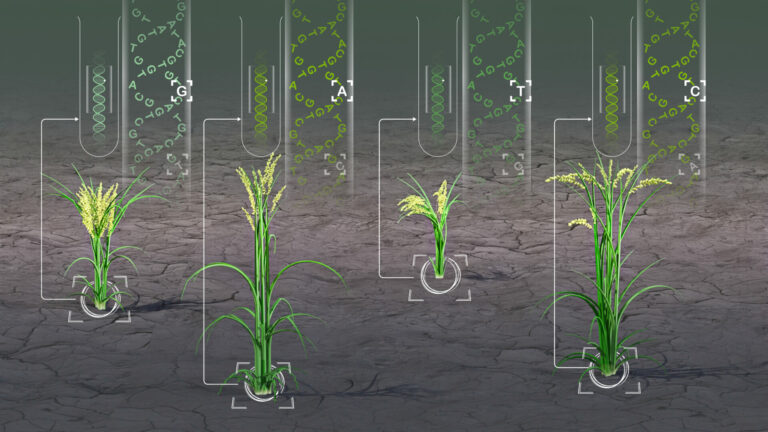
Bioengineering
Analytic tool reveals more cream of the crops
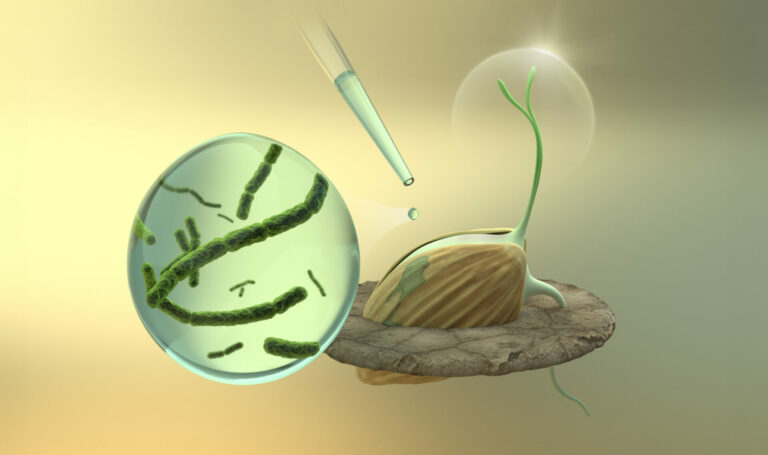
Plant Science
Targeting seed microbes to improve seed resilience

Bioengineering
From roots to shoots: decoding strigolactones in plant architecture and symbiosis

Plant Science
Engineering carbon sequestration on arid lands
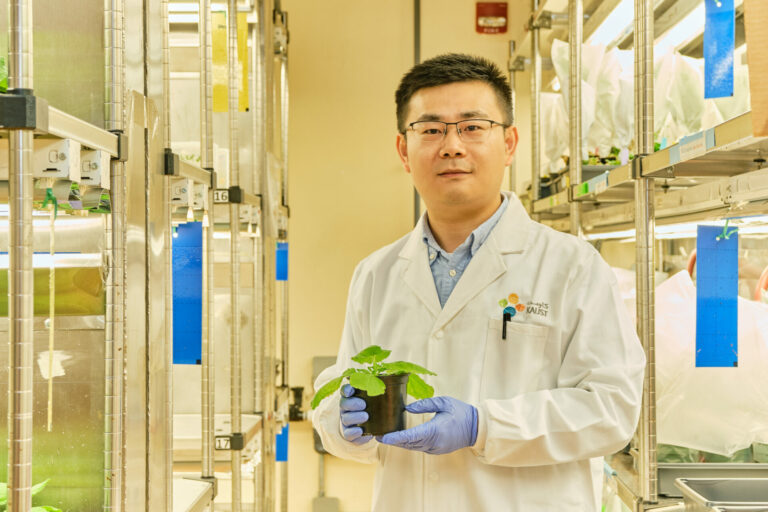
Bioengineering
Fungal enzymes may enhance provitamin A content and stability in crop plants
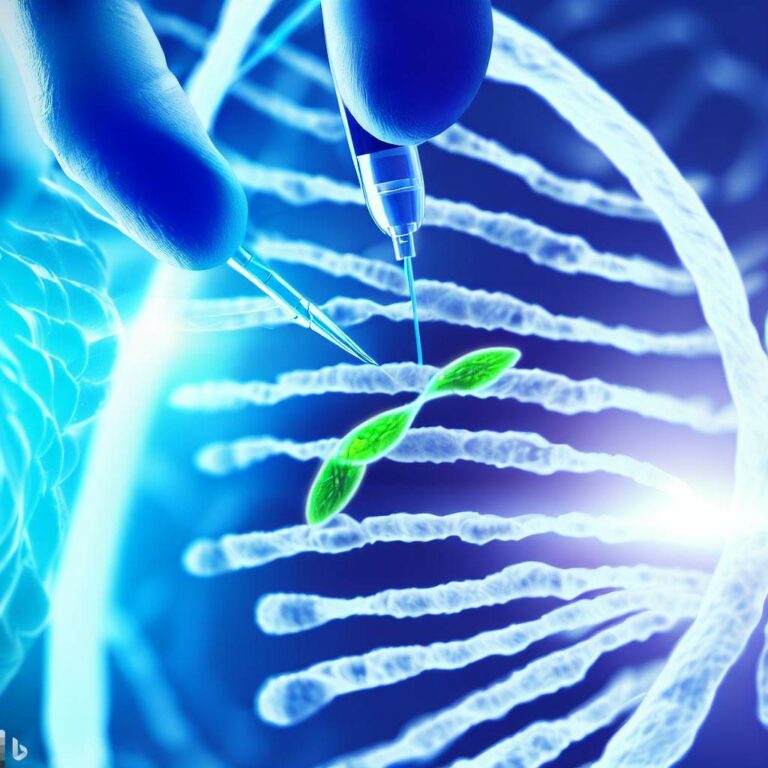
Bioengineering
New gene-editing technique offers path to precision therapies
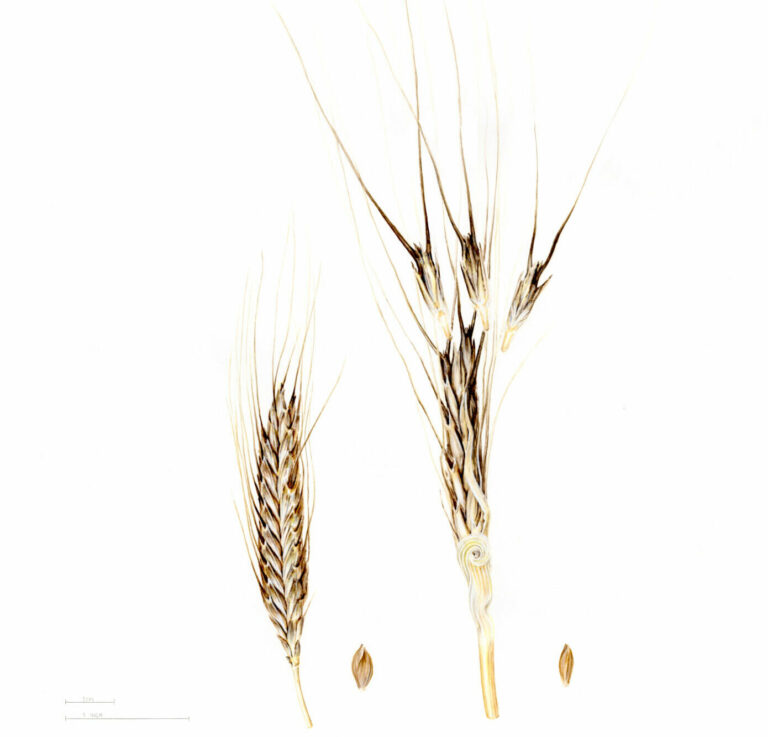
Bioscience
An ancient grain unlocks genetic secrets for making bread wheat more resilient
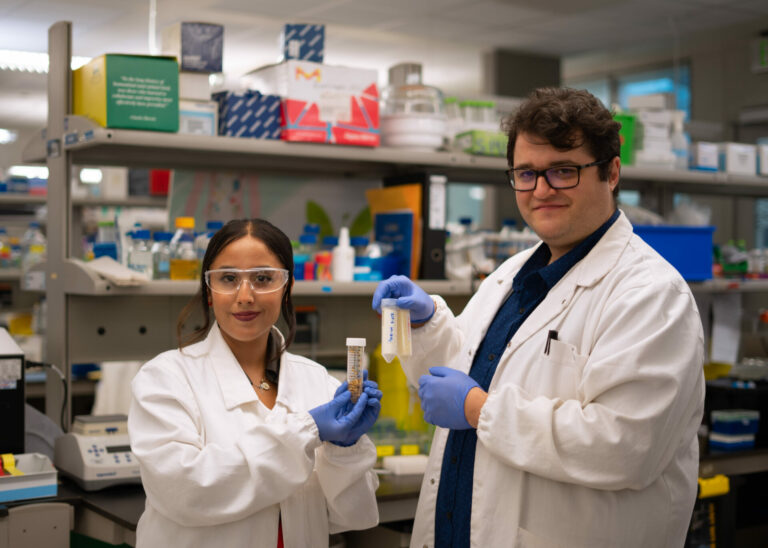
Plant Science




